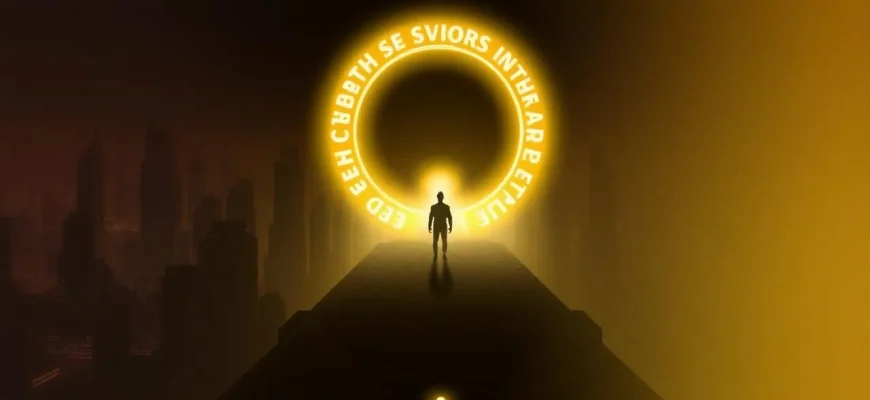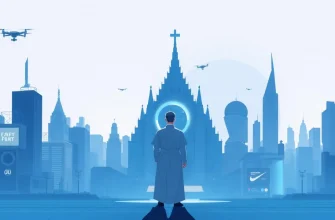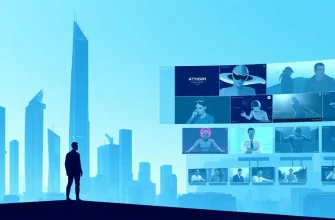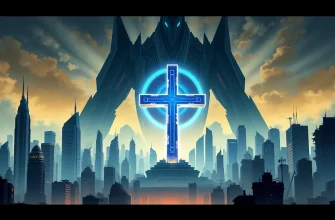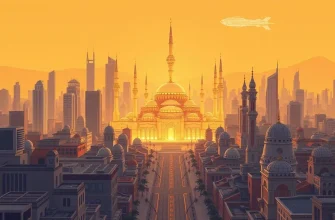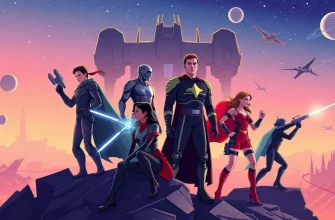In the vast universe of cinema, few themes are as compelling as the arrival of a messiah, a savior destined to change the course of humanity. This collection delves into the realm of science fiction where these figures emerge not from ancient prophecies but from futuristic settings, alien worlds, or dystopian societies. Each film in this selection offers a unique perspective on the concept of a messiah, exploring themes of hope, redemption, and the burden of destiny. Whether they bring salvation or lead to unforeseen consequences, these cinematic journeys are sure to captivate and provoke thought on the nature of leadership and the human condition.
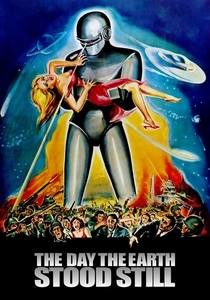
The Day the Earth Stood Still (1951)
Description: Klaatu, an alien visitor, arrives on Earth with a message of peace or destruction, embodying a messianic figure.
Fact: The film was one of the first to address the theme of nuclear war and its consequences. It was remade in 2008 with Keanu Reeves.
 Watch Now
Watch Now 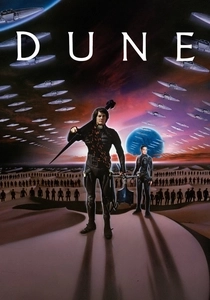
Dune (1984)
Description: Paul Atreides, the messiah of the desert planet Arrakis, leads a rebellion against the oppressive rule of the Harkonnen family.
Fact: David Lynch's adaptation of Frank Herbert's novel was initially panned but has since gained a cult following. The film's production was fraught with challenges, including a complex plot and special effects.
 Watch Now
Watch Now 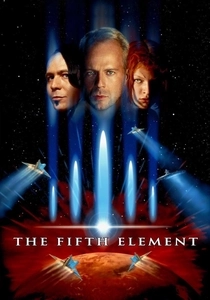
The Fifth Element (1997)
Description: Leeloo, a mysterious woman, is the key to saving Earth from an evil force, embodying the concept of a messiah in a futuristic setting.
Fact: The film's unique visual style was influenced by the work of French comic artist Jean Giraud (Moebius). The character of Leeloo was originally written for Prince.
 Watch Now
Watch Now 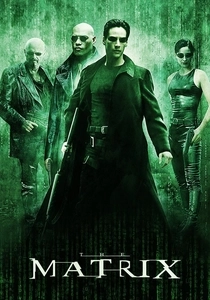
The Matrix (1999)
Description: Neo, a hacker, discovers he's the chosen one to lead humanity out of a simulated reality controlled by machines.
Fact: The film's "bullet time" effect revolutionized action sequences in cinema. The Wachowskis drew inspiration from various philosophical and religious texts.
 Watch Now
Watch Now 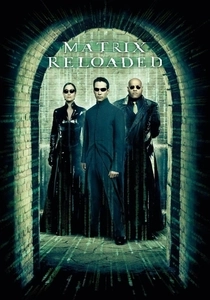
The Matrix Reloaded (2003)
Description: Neo continues his journey as the chosen one, facing new challenges and revelations about his role in the Matrix.
Fact: The film set a record for the most extensive use of virtual sets in a movie. The highway chase scene took over 100 days to shoot.
 Watch Now
Watch Now 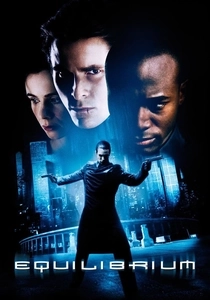
Equilibrium (2002)
Description: In a dystopian future where emotions are outlawed, John Preston becomes the messiah figure by rediscovering his feelings and leading a rebellion.
Fact: The film was inspired by Ray Bradbury's "Fahrenheit 451" and George Orwell's "
 Watch Now
Watch Now 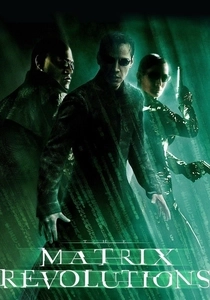
The Matrix Revolutions (2003)
Description: Neo's journey culminates in a final battle to save both the Matrix and the real world, fulfilling his messianic destiny.
Fact: The film concludes the original trilogy, with Neo's sacrifice echoing themes of self-sacrifice in messianic narratives. The final battle was shot in a specially constructed set in Australia.
 Watch Now
Watch Now 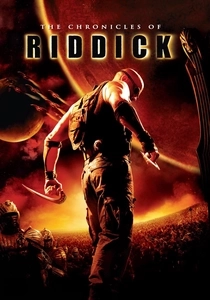
The Chronicles of Riddick (2004)
Description: Riddick, a fugitive, is prophesied to be the savior of the universe against an ancient race of necromancers.
Fact: The film was initially conceived as a direct-to-video sequel but was expanded into a theatrical release due to the success of "Pitch Black." Vin Diesel's involvement was crucial to its production.
 Watch Now
Watch Now Avatar (2009)
Description: Jake Sully becomes the messiah figure for the Na'vi, leading them in their fight against human invaders.
Fact: James Cameron started developing the film in 1994, but technology wasn't advanced enough until the late 2000s. It became the highest-grossing film of all time upon release.
 Watch Now
Watch Now 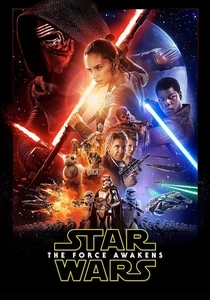
Star Wars: The Force Awakens (2015)
Description: Rey, a scavenger on Jakku, emerges as a potential messiah figure in the fight against the First Order.
Fact: The film broke numerous box office records, including the biggest opening weekend of all time. J.J. Abrams used practical effects to pay homage to the original trilogy.
 Watch Now
Watch Now 
